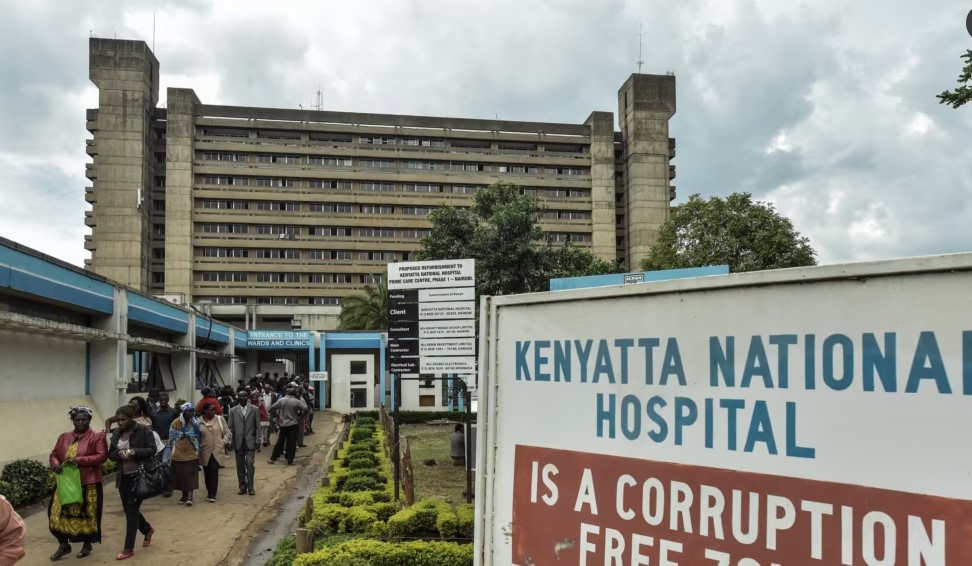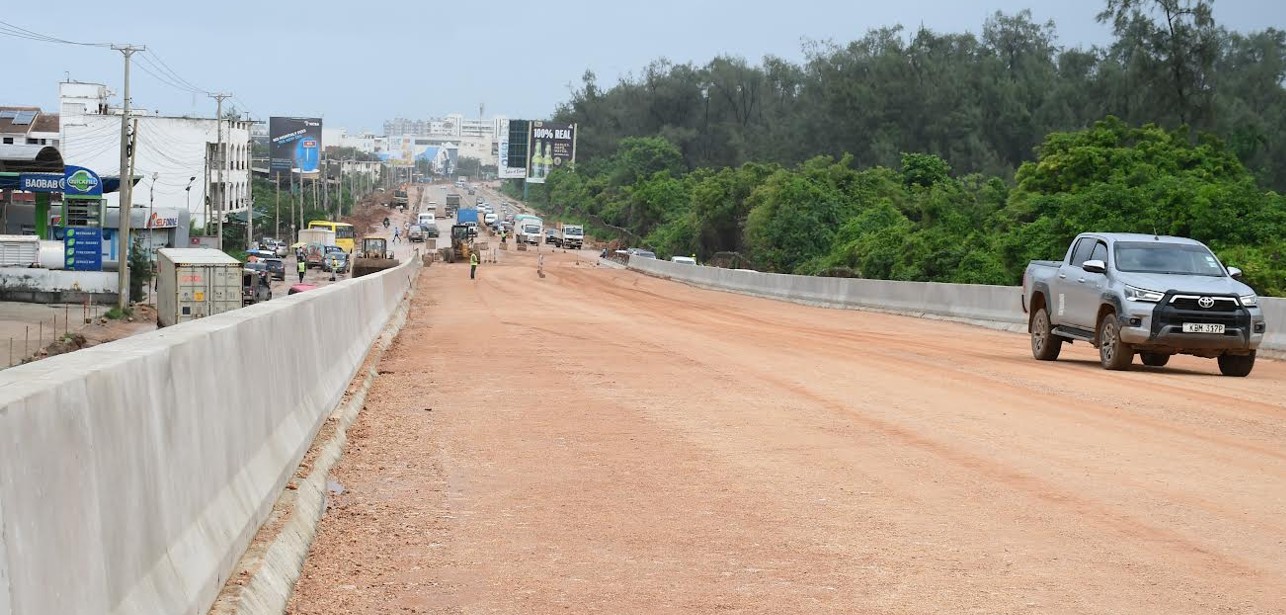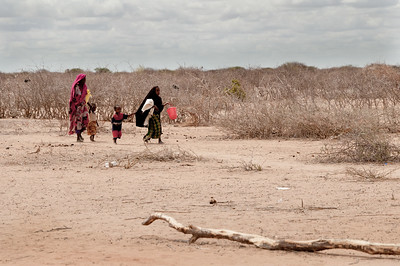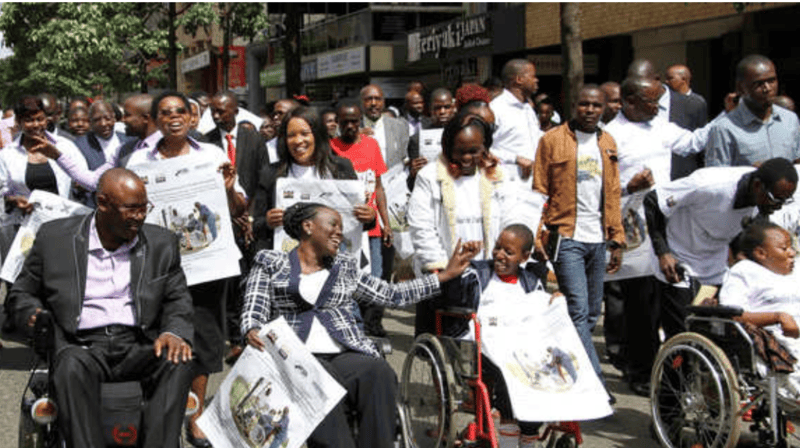Tighter household budgets stall land purchases in Nairobi’s satellite towns
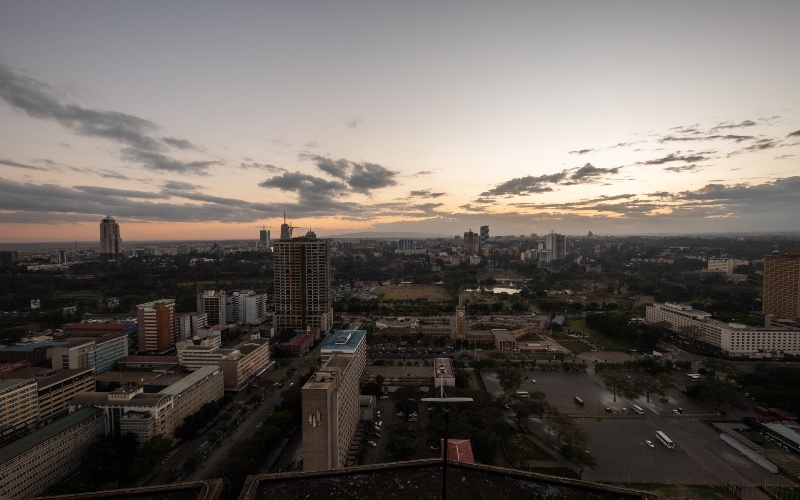
HassConsult noted that Sh1 million invested in satellite town land in 2007 would now be worth Sh13.23 million, compared with Sh7.4 million in Nairobi suburbs, highlighting long-term resilience despite short-term slowdowns.
Land markets in towns surrounding Nairobi are showing signs of slowing, as tighter household budgets and reduced self-building activity among middle-class buyers dampen demand.
According to the latest HassConsult Land Price Index, the average price of land in 14 satellite towns increased by only 0.84 per cent in the third quarter of 2025, bringing annual growth to 6.6 per cent - the slowest pace in five years.
More To Read
- City Hall opens six-month window to regularise non-compliant properties
- Governor Sakaja unveils six-borough structure to enhance service delivery
- City Hall moves to recognise urban farmers in policy review
- How Riruta’s upgrade to Level IV hospital is transforming healthcare across Dagoreti
- City residents say Nairobi's illegal billboard cleanup favours some areas over others
- Sakaja’s loan request for salaries draws ire from Nairobi MCAs for lack of details
The average cost per acre in these towns was Sh32.3 million, far below the Sh223.9 million recorded in Nairobi’s suburbs.
HassConsult attributed the slowdown largely to the retreat of self-builders who have historically driven demand in towns like Kiserian, Kitengela, and Athi River.
“Many of these satellite areas have been prime locations for middle-class buyers to develop their own family homes in stages,” said Sakina Hassanali, Co-CEO and Creative Director at HassConsult.
“But tightening finances are reducing the flow of buyers able to get through the initial entry gate for self-building of a land purchase, despite the far lower and more advantageous prices in the satellite areas.”
The report shows that while land outside Nairobi remains more affordable, the pace of price growth has slowed due to constrained incomes. Satellite towns with strong developer activity, however, continue to see higher appreciation.
Mlolongo led quarterly growth at 3.45 per cent, followed by Limuru and Kiserian, while Juja recorded the highest annual increase at 14.85 per cent. On the other hand, Kiambu and Ngong saw declines of 1.94 per cent in the same period.
Within Nairobi, land prices performed slightly better, growing by 1.22 per cent in the third quarter and 6.27 per cent over the past year.
The trend was supported by redevelopment and mixed-use projects in prime suburbs.
Spring Valley emerged as the fastest-growing area, with land prices rising 3.6 per cent during the quarter and 13.3 per cent year-on-year, as developers convert large residential plots into multi-use properties.
Karen, Lang’ata, and Gigiri also posted steady gains, reflecting continued demand for both residential and commercial developments.
Some upscale areas, including Muthaiga and Ridgeways, experienced minor declines due to planning constraints and limited access to public transport, which discouraged multi-occupation projects.
“Only areas with strong developer demand are now reporting strong land price growth,” Hassanali noted, pointing to mixed-use projects as a key factor sustaining city land prices.
Long-term data show that land remains a strong investment. Since 2007, the value of Nairobi suburbs has increased 7.4 times in value, while satellite towns have risen 13.23 times.
HassConsult noted that Sh1 million invested in satellite town land in 2007 would now be worth Sh13.23 million, compared with Sh7.4 million in Nairobi suburbs, highlighting long-term resilience despite short-term slowdowns.
The report concludes that affordable entry points remain in towns such as Kiserian (Sh13.4 million per acre) and Kitengela (Sh18.8 million per acre), but the reduced activity among individual buyers has shifted market momentum toward institutional and commercial developers.
Analysts expect this pattern to continue until household finances improve and self-building picks up again.
Top Stories Today
